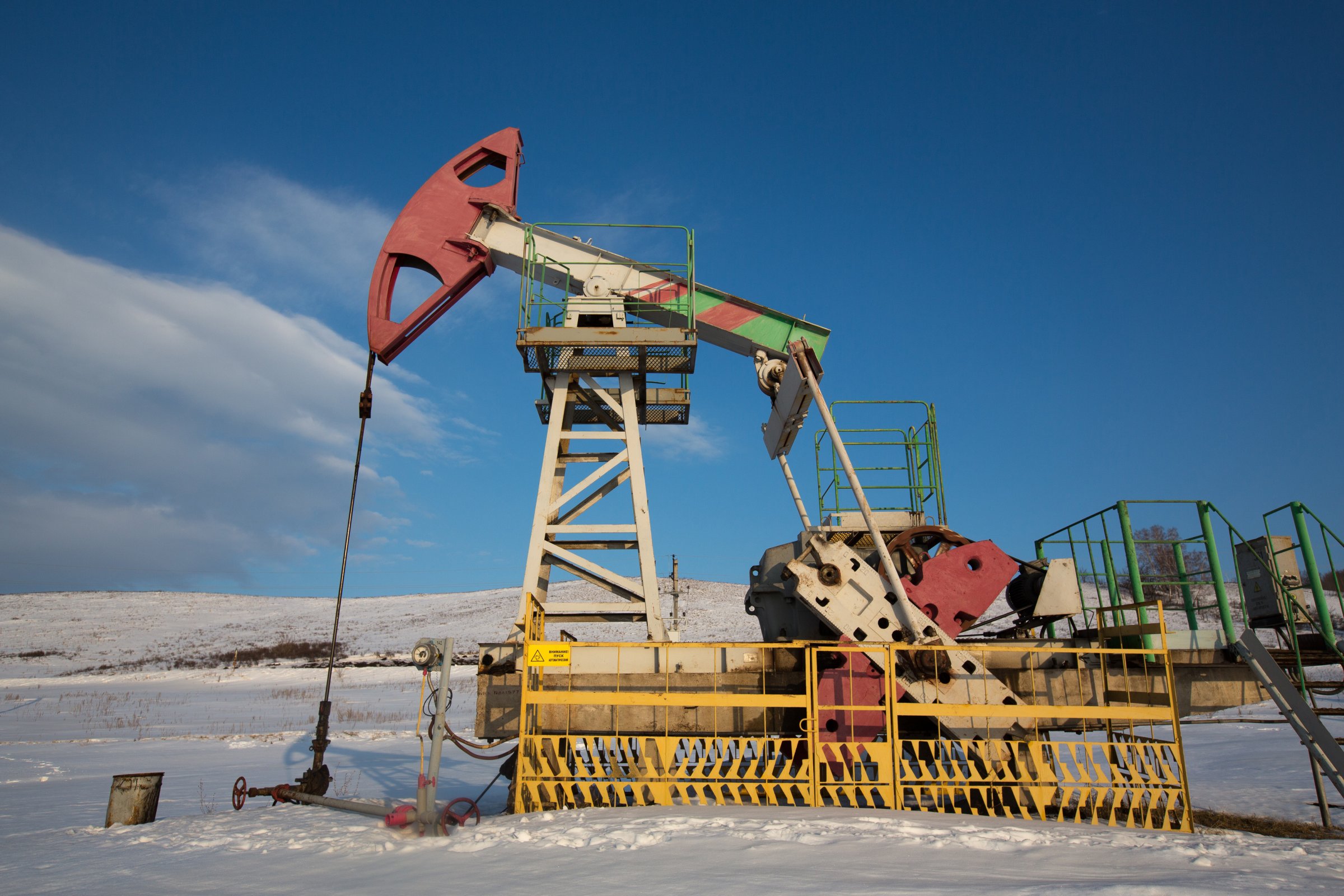
The 70 percent rise in crude oil prices from the lows of $27.1 per barrel to a high of above $46/b in a matter of three months is being driven by speculative activity—make no mistake about it. The speculators have latched on to every bit of rumor and news to bid prices higher, and this has nothing to do with the real fundamentals.
However, speculation can boost prices only to a certain extent in the short-term. After this, the fundamentals take over. The extent of speculation is enormous, though the daily production of oil in the U.S. is around 9 million b/d, the WTI crude oil contract trades more than 100 times the produced quantity, as highlighted in this January 2016 post.
The trading volume is generated by the algo traders, day traders, and scalpers who are in and out of their positions many times a day. Due to their enormous volume, they set the direction of prices in the short-term.
However, these traders are neither involved in the production nor do they take physical delivery of oil; they are usually active only in the near-term contracts until expiry; after which the users of oil take deliveries.
Oilprice.com: Lets Stop Pretending Nuclear Power Is Commercially Viable
The oil producers have used the sharp rise to hedge part of their production for 2016 and 2017 as reported by The Wall Street Journal.
However, Citi Research points out that the oil producers have hedged only 36 percent of their estimated production for 2016, compared to 50 percent in the previous years.
If prices creep up further, the producers will not only hedge more, they are likely to increase production to mend their balance sheet.
Pioneer Natural Resources has hedged 50 percent of its expected 2017 output and has conveyed its intention to add five to ten horizontal drilling rigs if prices recover to $50/b, with a positive outlook for oil fundamentals. Earlier on, too many U.S. shale oil drillers had indicated that they will be back at around $50/b levels.
Oilprice.com: Oil Prices Fall Back as Rally Hits a Ceiling
Though the bulls have latched on to the largest U.S. rig count drop in the past six weeks, their bullishness might be short-lived because if prices reach above $50/b, we might see anincrease in the oil rig count, reversing the current trend.
Lithium prices have tripled over the last few years as the electric car boom starts to take hold. A number of companies are uniquely positioned to generate huge gains for early in investors.
The short-term trend changed with the idea of a production freeze by Russia and OPEC, but the Doha meeting turned out to be a non-event.
The chart below by Yardeni Research, a provider of independent investment and economics research, shows that in 2016, the oil inventories continue to rise, confirming that the supply glut continues.
The U.S. Energy Information Administration’s (EIA) STEO report expects the supply glut to reduce in the second half of the year; however, if prices remain high, production might increase adding to the supply glut.
Oilprice.com: Weak Data, Strong Dollar Pressure Crude Lower
Though Nigeria, Kuwait, and Venezuela’s production has been hit hard due to various reasons, OPEC’s production of 32.64 million b/d is very close to its highest level of 32.65 million b/d recorded in January 2016, according to Reuters survey records since 1997.
“The market is massively oversupplied,” said Eugen Weinberg, analyst at Commerzbank in Frankfurt. “This rally doesn’t have strong legs,” reports Reuters.
There isn’t much by way of fundamentals to rely upon for the rally to continue. Closer to $50/b, additional supply will start trickling in and buyers will be wary to buy at higher prices. With no excuses at hand, the speculators will find it difficult to prop prices higher.
The short-term speculative pop in crude is about to end and the long-term fundamentals will take over. Prices should drop closer to $36 to $38/b in the near future.
This article originally appeared on Oilprice.com
More Must-Reads from TIME
- Donald Trump Is TIME's 2024 Person of the Year
- Why We Chose Trump as Person of the Year
- Is Intermittent Fasting Good or Bad for You?
- The 100 Must-Read Books of 2024
- The 20 Best Christmas TV Episodes
- Column: If Optimism Feels Ridiculous Now, Try Hope
- The Future of Climate Action Is Trade Policy
- Merle Bombardieri Is Helping People Make the Baby Decision
Contact us at letters@time.com